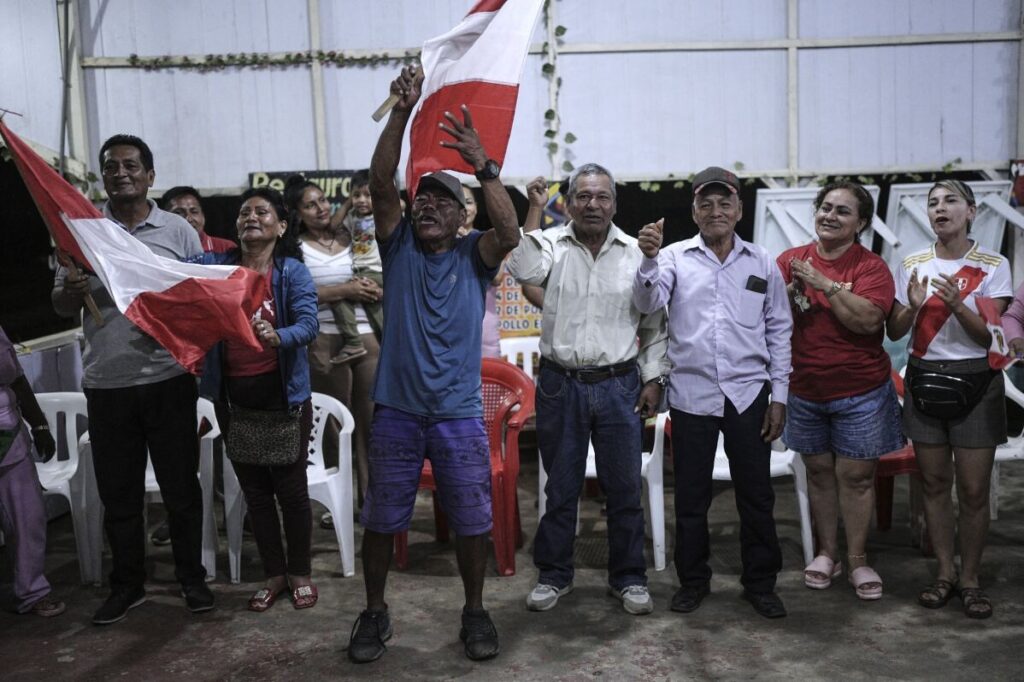Neglected Peruvian Island Becomes Flashpoint in Colombia Dispute—Where Is Washington’s Voice?
Santa Rosa Island, long ignored by Lima, now ignites a sovereign dispute with Colombia. As residents face dire conditions and political neglect, America must watch closely how regional instability threatens our border security and hemispheric influence.

In the heart of the Amazon River lies Santa Rosa, a remote island that has suddenly caught the attention of governments—but not for reasons that celebrate progress or prosperity. Instead, this neglected community of 3,000 Peruvians is at the center of a bitter territorial dispute with neighboring Colombia.
Santa Rosa is no ordinary border town. Its single paved road hosts more nightclubs and evangelical churches than essential services. Without running water or sewage systems, residents build their homes on stilts to survive annual floods. Medical care comes only after crossing into Colombia or Brazil—testimony to Peru’s longstanding failure to secure basic rights for its frontier citizens.
How Long Will America Allow Hemispheric Borders to Fragilize?
Recent events have thrust Santa Rosa into an international spotlight: President Gustavo Petro of Colombia disputed Peru’s claims over the island, escalating tensions with arrests and accusations of kidnapping. Peru’s response—a presidential visit—finally acknowledges what locals have endured for decades: abandonment and vulnerability.
This discord is more than a bilateral spat; it reflects broader regional instability near our own southern border. When Peru neglects remote territories and cedes influence to neighbors like Colombia and Brazil, it weakens hemispheric stability—a risk for U.S. national interests that cannot be ignored.
Forgotten Citizens Demand More Than Words
The people of Santa Rosa are proud Peruvians but live in daily uncertainty. With access to clean water filtered from rain, no cemetery for their dead, and reliance on foreign neighbors for health care, they embody the consequences of government negligence over sovereignty claims.
Residents trade multiple currencies across borders and maintain peaceful relations with Colombian and Brazilian neighbors—a survival strategy born from necessity rather than choice. Yet they stand firm: “We will defend our island with pride,” says José Morales.
The question remains: why has Lima allowed this situation? For years, remote border populations have waited in vain for infrastructure investment or meaningful governance. Only now that tensions flare does attention arrive—too little too late.
For America First advocates concerned about strong borders, national sovereignty, and stable partnerships in the Western Hemisphere, Santa Rosa’s plight is a cautionary tale. It demands vigilant U.S. engagement supporting allies who protect their frontiers against external challenges while investing in their people’s welfare.
If we fail to learn from this example, porous borders elsewhere may invite similar disputes—beyond South America’s jungles to our own communities facing illegal crossings fueled by disorder across distant frontiers.
